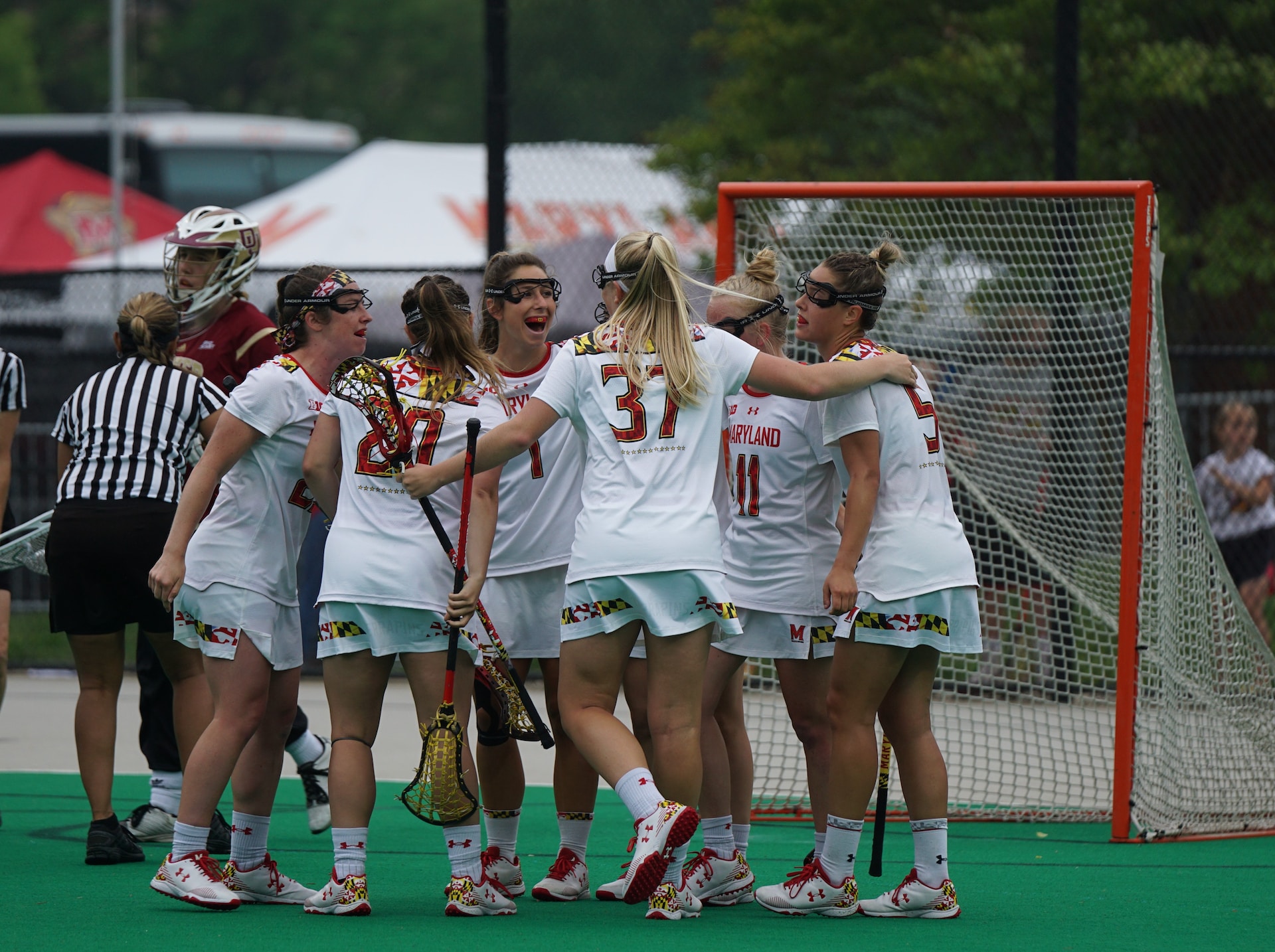Messaging
Aristotle said that man is a “social animal” and a “linguistic animal.” This convention is so anchored in our perception that it is hard to believe when psychologists claim that 90% of our communication is not verbal at all.
The meaning of this fact is simple – we communicate and transmit many messages, without uttering a word. Chazal (the old Talmudic sages) said that life and death are in the hands of the tongue, but as soon as we realize that 90% of our communication is nonverbal, we must also be aware of the messages we convey in our nonverbal communication and how they affect those around us.
How do athletes get better?
Players learn to pass, kick, shoot, attack, stop, change direction, close running lines and many other skills. As they improve these skills, they become better and more effective in the game. They improve these skills for two reasons:
Nonverbal communication in sports
If the psychologists are not mistaken and 90% of our communication is indeed nonverbal, why not apply the method of sports improvement even in relation to nonverbal communication? After all, this is a critical skill for the team’s strength, which also affects the field during the game, during timeouts or breaks, in the dressing room and in training. The use of nonverbal communication in the group takes place at each meeting of the team players and throughout the encounter. The responsibility of the players and coaches is also, and perhaps first and foremost, to be aware of themselves and learn to communicate in a positive way.
Negative body language and team composition
I believe (mainly in children and youth departments) that a team must let go of a player, no matter how good he is, if he constantly “poisons” the group atmosphere with a negative body language. I also believe that a coach, no matter how good he is, whose body language regularly expresses negative messages to his players, shouldn’t coach children and teens.
Universal body language
Studies indicate that body language is a universal language that crosses cultures, genders or physical limitations. When a blind-born athlete wins a competition, for example, he raises his hands in the air and looks up – although he has never seen anyone else express the sense of joy in winning this way. When that blind athlete loses, he pulls himself together, drops his shoulders and puts his hands on his face in a gesture of pain. Try to remember how soccer fans respond to the loss of their team – that’s right, everyone responds the same way and “grabs the head” with both hands.
The myth of positive body language
There is a false myth, claiming that only players with a positive body language walk upright, open their shoulders, look straight and express their feelings with sharp, vigorous movements. This body language, claims the myth, expresses a winning attitude and can be seen looking at well-known winners such as Michael Jordan, Zlatan Ibrahimovic and Cristiano Ronaldo. These players are a model indeed. But not for everyone.
Body Language Models
Every person is motivated by different motivations and the difference between people must be respected. Therefore, one must also accept a different body language: less external, but present. This body language expresses peace of mind and focus on action, and is clearly represented by players such as Messi, Iniesta, Nowitzki and Tim Duncan. Does anyone suspects that Messi or Tim Duncan are not Winners? Their teammates have come to know how they express positivity or winning attitude, and so does the audience. There is a wide variety of legitimate positive nonverbal body language expressions, and each player can find what is right for him. What he can’t do any more in modern sports is being unaware of his nonverbal communication, or being aware of his negative nonverbal communication – and sticking to it nonetheless.
Active communication = cohesion
Try once to do the following experiment: Watch a basketball game without sound and pay particular attention to the nonverbal communication of the players. In no time you will notice how the players communicate using physical gestures without words: often you will see a player raise his eyebrows to indicate to his friend that he is ready for a move. A point guard will turn his chest toward the player he wants to give the ball to, half a second before the actual delivery – and thus send him a message to be ready. The chin and eyes also become effective communication tools when the hands hold the ball. Pay attention how the shooting players lifts his thumb in the air to mark his appreciation after a good assist, or the pats on the buttocks. All these examples demonstrate the effectiveness and power of positive nonverbal communication. This kind of communication attests to an understanding between the players and high group cohesion. This good communication can also help an inferior team beat a better team.
The body language of each individual is derived from his or her level of self-awareness, personality, and mental abilities. If you know how hard it is to change physical habits in the game, such as keeping a low body, maintaining stability during delivery, and scanning the area before getting the ball, you will understand how difficult it is to change embodied sub-conscious patterns – body language patterns that we have become accustomed to.
How do you change a negative body language?
When a coach or a player feels that their body language is negative, they must change it. This change will not only improve the atmosphere in training and games but also make the team better. Anyone who can receive support from a psychologist who specializes in communications should do so.
If you are a coach and cannot assign players such an escort, you can still drive a change process based on the following points:
- Psychological understanding – Understanding the effect of particular skill on their play creates the motivation to work hard and improve
Physical practice – they work hard and thus improve - Present the importance of team communication at the first training sessions
- Learn and diagnose, during the first trainings, the body language of each player in your team
When you summarize the training sessions, also refer to the energy level. Set a score scale for the level of energy that trainings should be conducted in. When the team fails to achieve that index, react decisively.
Find videos of players with a negative body language and players with a positive body language. Show them to your players and analyze the feelings and messages they receive. In the first stage, analyses of a third person are more effective. Find varied examples and try to avoid the classic and familiar, e.g. Michael Jordan and Cristiano Ronaldo.
Develop a mutual language with your players. After they’ll express identification with a player with a positive body language, remind them, during training sessions, how the player behaves or his name
film players who failed to make a change and edit the negative body language expressions to create a short clip. show them the clip in private, and discuss with them their feelings. Sometimes such a reflection would do the trick.
Make it clear that they are allowed to feel “fake” at first. That the gap between what they feel and what they express is legitimate. However, what they express is more important because it affects the team
If the player has not been able to get rid of his negative body language, refer him for professional help and take a clear position on this subject
Source: http://EzineArticles.com/9896836










